Discovering Dresden’s Christmas Markets and Saxony’s Festive Traditions
This website uses affiliate links which may earn a commission at no additional cost to you. As an Amazon Associate I earn from qualifying purchases.
Updated: 14th December 2018
My visit to Dresden was supported by Visit Saxony
When it comes to festive city breaks in Europe, there are a few cities that seem to hog the spotlight. But if you really want to experience the Christmas magic, Dresden and the region of Saxony, Germany is the perfect sized present you might not know you need.
Boasting eleven Christmas markets in Dresden alone, alongside a whole host of other traditions that complete Christmas, my week-long festive filming session in Saxony transported me to a true winter wonderland.
There was, in fact, so much festive cheer to see and do; I’ve split this article into two parts. While here I’ll focus more on the city-break side of exploring around Dresden, my second post on Christmas in Seiffen and the Ore Mountains will take you to total Christmas overload.
One of the best testaments as to why Christmas is at the heart of Saxony is the year-round production that occurs here: from festive stars to the delicious Dresdner Stollen.
The region of Upper Lusatia which is easy to reach during a weekend in Dresden is home to many of these traditions, and so I’ve combined them in with this Christmas in Dresden guide. While public transport will take you to most of these places, I highly recommend a car to explore, just remember to park it for the night before sinking too many mulled wines!
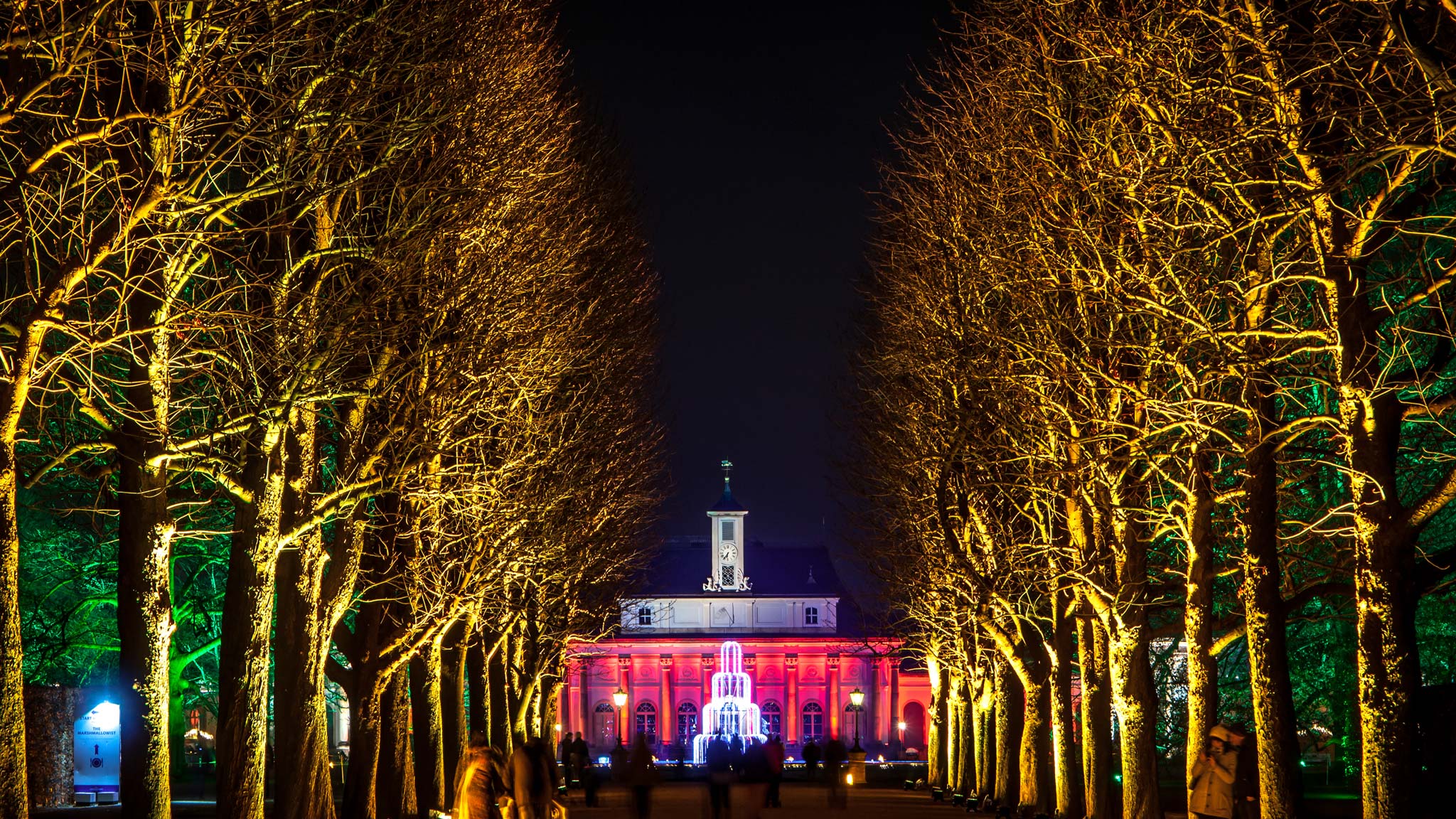
Christmas Garden Dresden
The winter wonderland magic started just a 30-minute drive from Dresden against the stunning background of The Pillnitz Palace. There are castles in abundance in Saxony, and in this grand park, where the castle combines traditional and Asian influences, you can walk through advent calendars and glittering lights and marvel at festive projections that dance across the facades of the palace buildings.
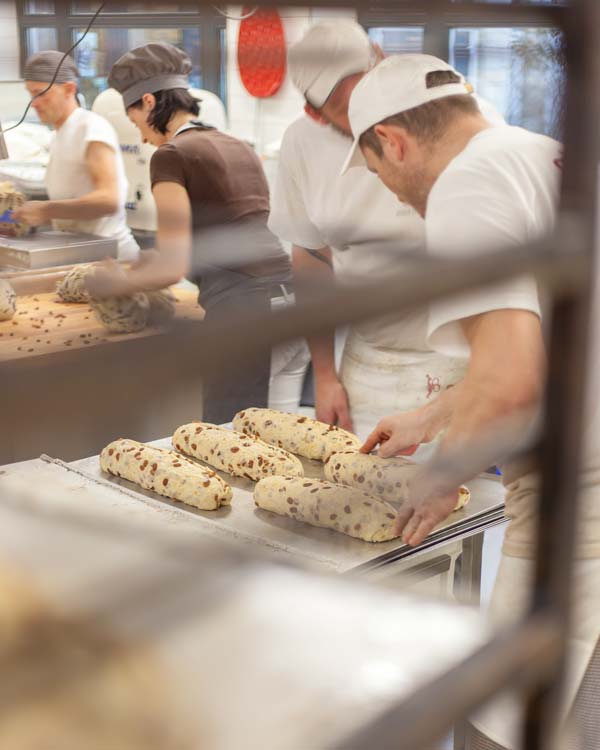
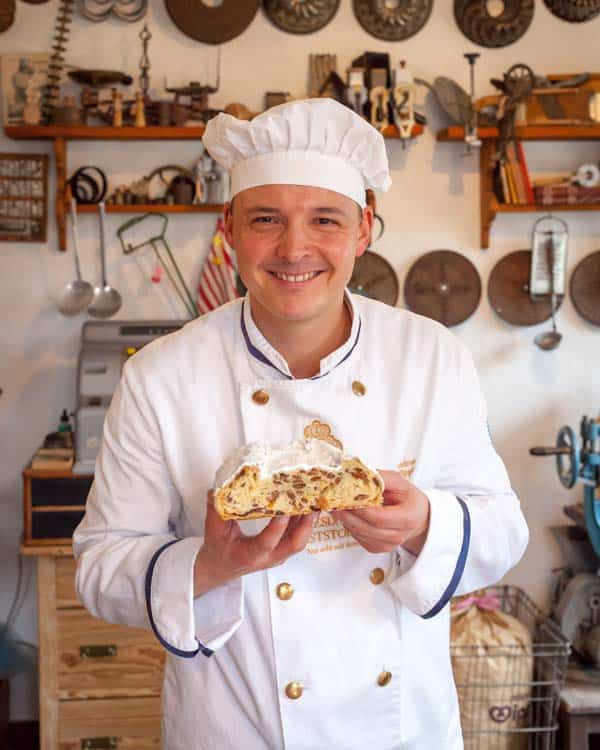
Baking Dresdner Christstollen at Wipplers
Just next door to the Pillnitz Palace, you’ll find the bakers at Wipplers who are hard at work baking the Dresdner Christstollen, especially at this time of year!
This world-famous festive treat is part of the regions culinary heritage, and for centuries a select group of pastry chefs and bakers have produced this raisin, butter and almond treat.
Only around 120 bakers are officially allowed to produce the traditional Dresdner Stollen, and here, with a museum and the chance of a tour if booked in advance, is your chance to witness the production first-hand. The Wippler bakers have been hard at work for generations, and Andrew, who leads the team here alongside his father, took me behind the scenes into this perfectly organised operation.
It was incredible to see how fast hands moved here, and producing the levels they do at such high quality is no easy task. A single batch of Stollen has around 180 kilos, and the process takes a few days. From preparing the dough, weighing it out, baking it, buttering it, resting, and then the final sprinkle of sugar, over 1000 Stollen is produced in this small bakery per day during the peak season leading up to Christmas.
The best part of course? Sampling the freshest Stollen right from the heart of its home.
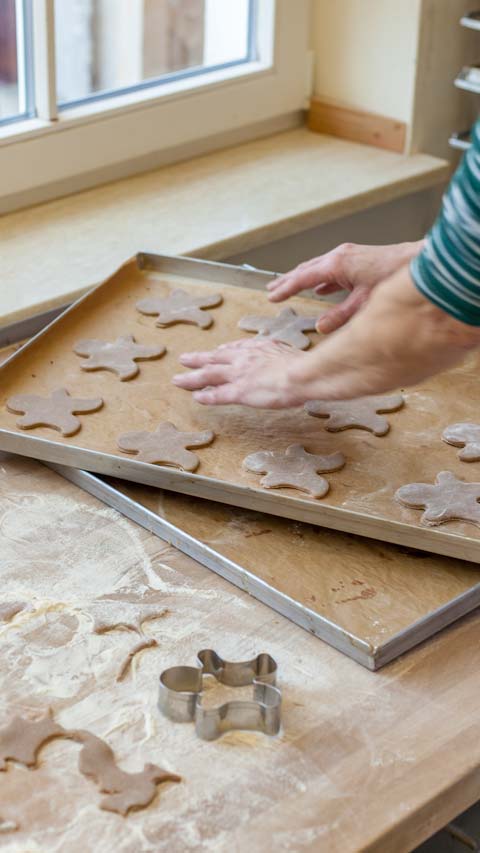
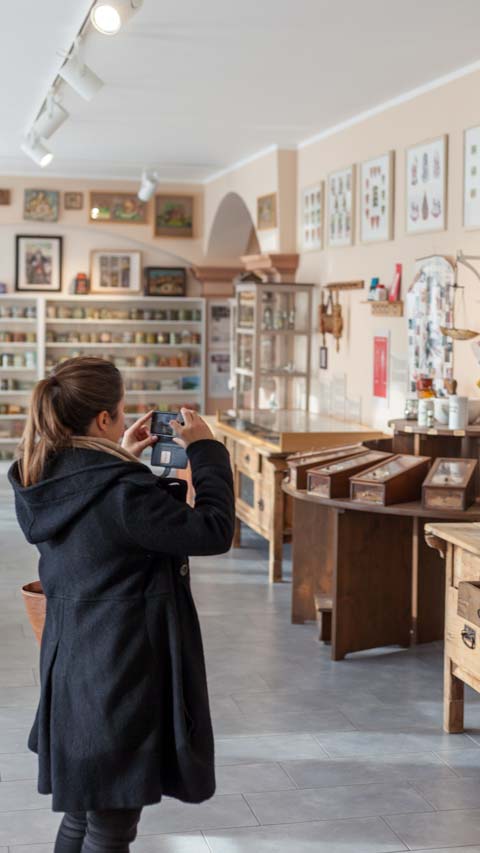
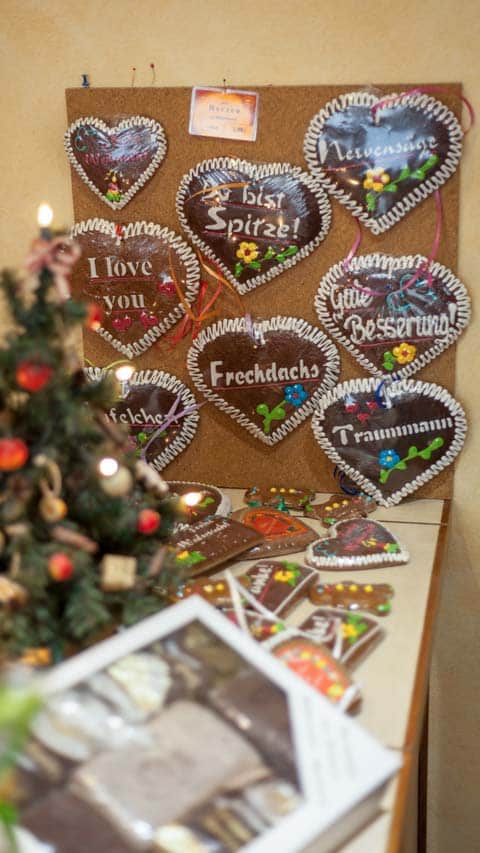
Gingerbread in Pulsnitz
Along the drive back to Dresden, a visit to Pulsnitz in the Upper Lusatia part of Saxony will take you to the Gingerbread Capital of the country.
For generations, since 1558, the ginger-infused treat has been baked here, so much so that a museum dedicated to the production of gingerbread has sprung up in the town. Here, I saw the traditional methods and recipes, as well as learned the long history behind how the produce was first made and how modern methods came in. If you catch the team on a baking day, expect to have some light gingerbread handed to you straight from the oven.
Just moments away I also popped into the tiny store of Löschner, a gingerbread specialist that had a queue of customers lining up outside to get their Christmas treats.
Popping upstairs to visit the equally small production area, I was impressed by the small team working to original recipes in such a small space to create such a legendary brand of sweet slices. While it wouldn’t be possible for visitors to see the production usually, be sure to pick up a bag or two of treats or the adorable hearts and shoes made of gingerbread that this specialist is particularly famed for.
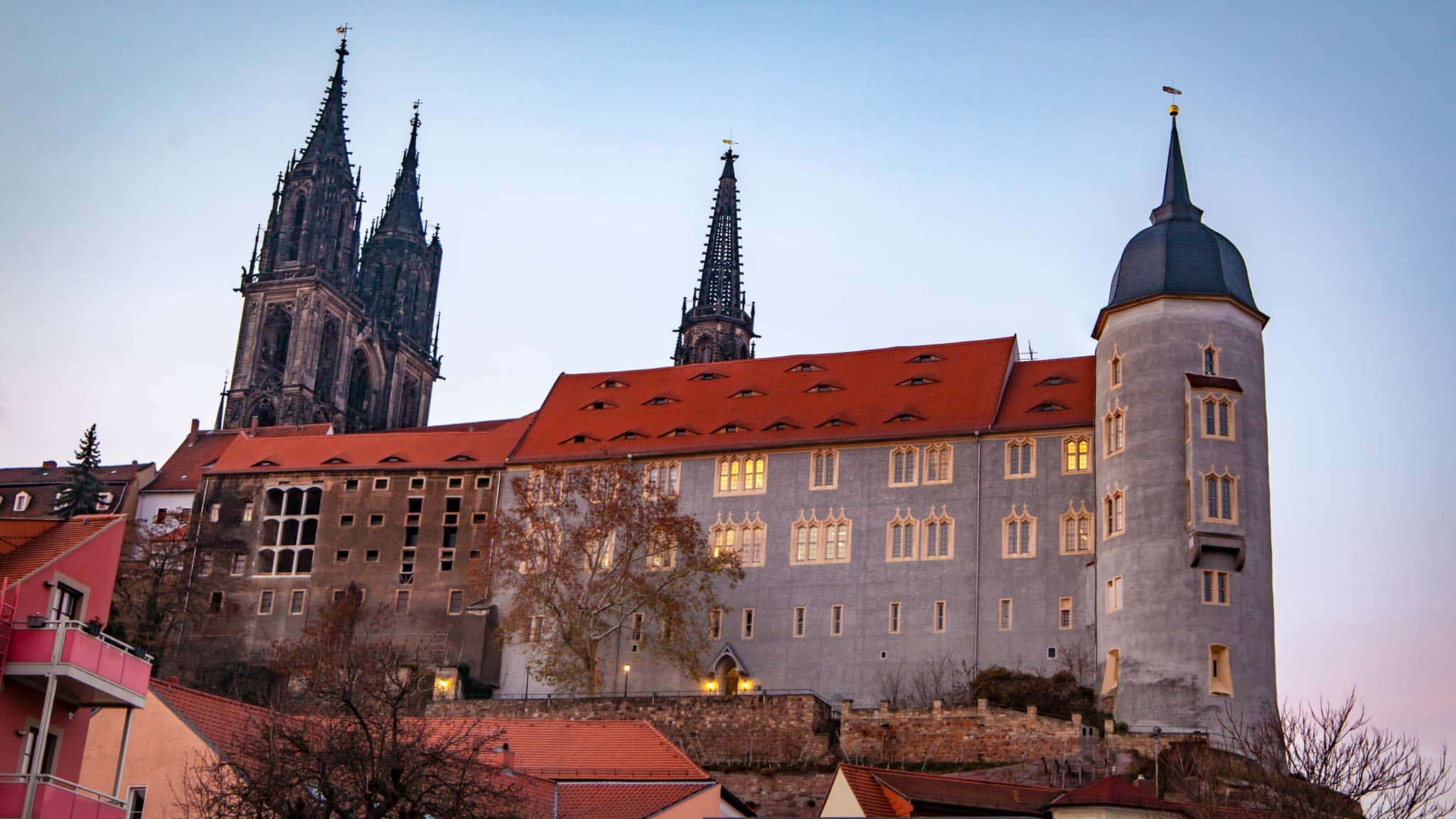
Meissen and its Markets
The town of Meissen was an unscheduled stop, but it was one of my favourite places to visit in the whole of Saxony.
Famed for its porcelain production, the first thing that will strike you when driving towards the town is the impressive and unmissable 15th-century Albrechtsburg. This castle-come-church has an enviable position perched on a hill overlooking the town and is well worth visiting. A walk up to the castle will provide you with a dreamy view across the rooftops of the town. Be sure to keep an eye out for the artwork painted onto the sides of some of the buildings.
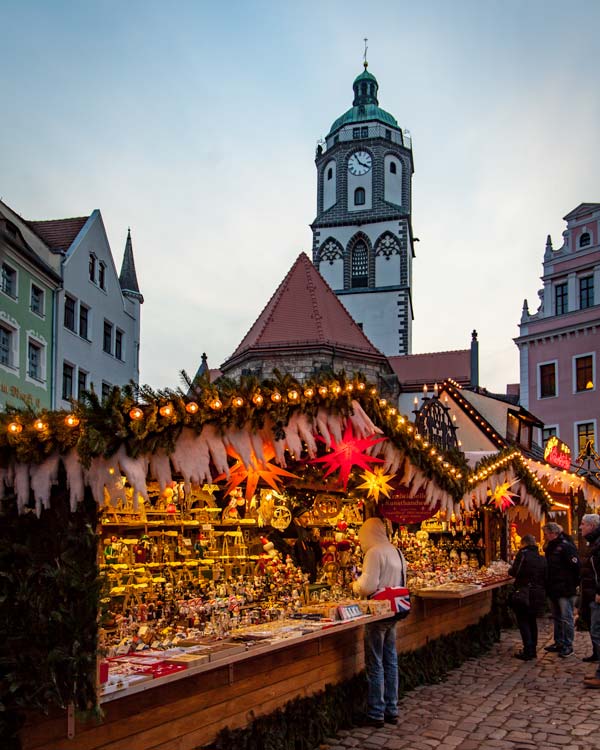
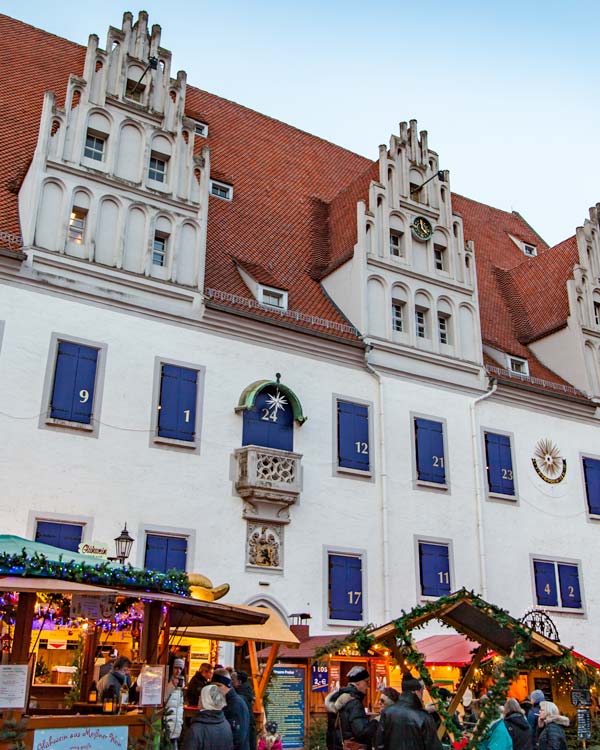
The Christmas market itself is adorable, and the hall alongside the market, with its numerous windows all sporting numbers, is transformed into a life-size advent calendar for the weeks leading up to Christmas.
As with all the Saxony Christmas markets I visited, expected plenty of mulled wine, local foods, and the chance to buy any gifts or products from the local manufactories. This is one well worth putting on your Christmas visit to Dresden list!
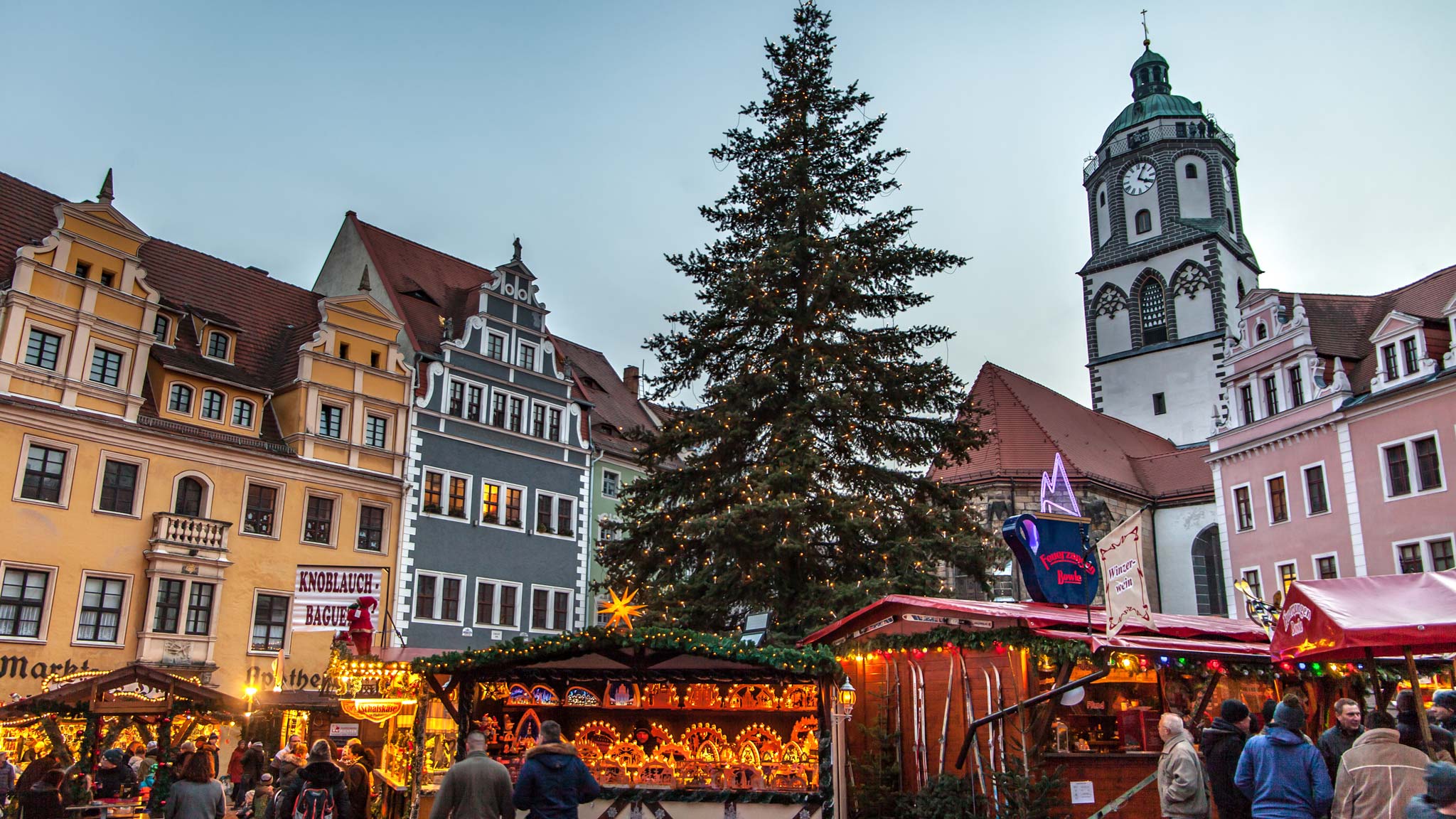
Visit the Moravian Stars Manufactury in Herrnhuter
One decoration you’ll notice time and time again no matter what region of Germany you are in will be the Moravian Stars.
These multi-coloured Christmas decorations, traditionally red and white, adorn trees, rooftops, and any other place where something can be hung throughout both the country and the world, originate from right here in Saxony.
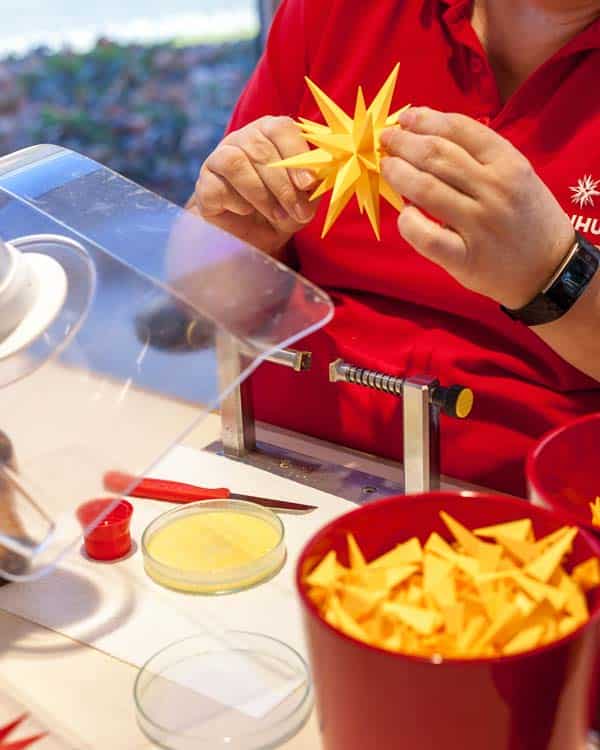
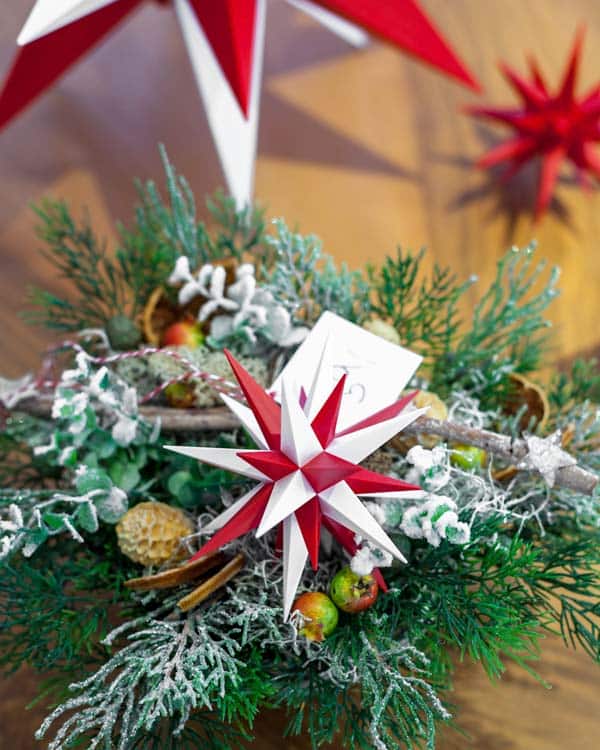
Originally they began as a way to entertain children as their parents would be away on missionary trips, but over time they stopped being just children’s crafts and became a full-blown production in 1876. By 1925 the patent had been registered, and production of the stars in both Herrnhutter and a nearby factory rocketed.
Touring the demonstration workshop, you can see the stages of the star production, and turn your hand to make your own star which makes this an ideal activity for families. It is nearly a two-hour drive to Herrnhutter though, so I would highly recommend combing this with a trip to the city of Bautzen if you do venture out this way.
Bautzen and Sorbian culture
Bautzen is a romantic city, and it offers up some fascinating history for those who want a little culture on their Christmas trip to Dresden.
Here you’ll find the festive staples at the market on the main square, but the still mirror-like river, imposing castle turrets and walls, and the intriguing church are other reasons to visit.
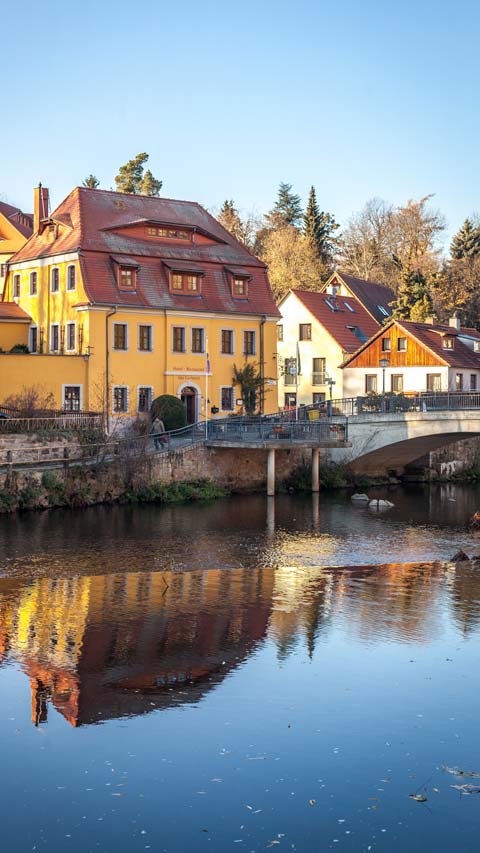
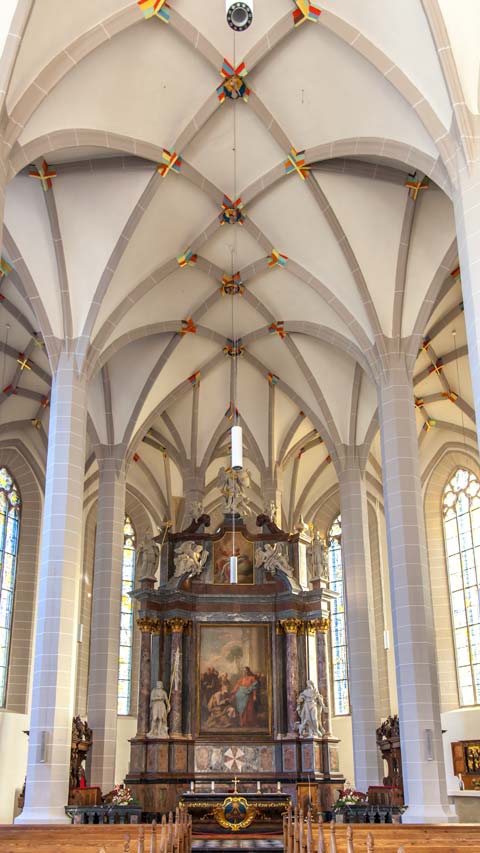
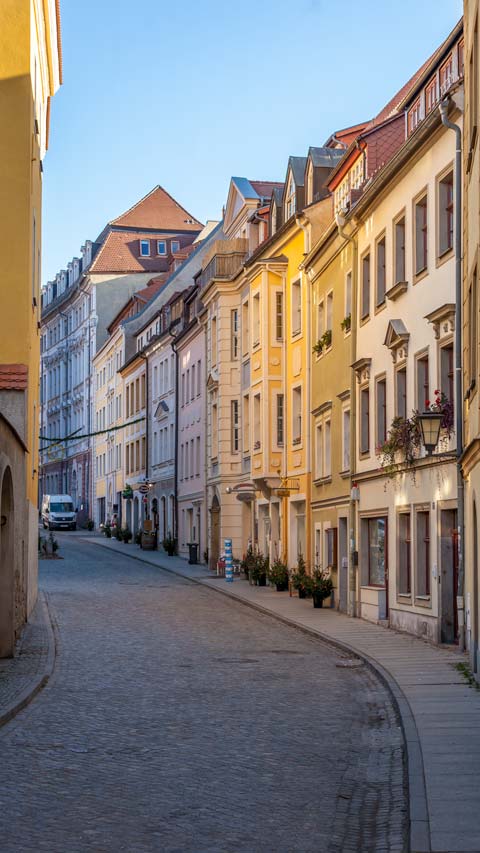
The first thing you notice about the church from the outside is the peculiar shape it holds, having been built at an angle. Inside, though, is where you’ll find something very different.
The Cathedral of St Peter is one of the oldest churches in Germany and is home to two faiths, which makes the interior so fascinating as in one hall you can physically see very little divide between the two places of worship inside. The mix of both a Gothic and Baroque interior also add to making this one of the most unique churches in Europe.
One of the official minority languages of German is Sorbian, and here in Bautzen is the first time I got to hear it being spoken. Lusatia and Bautzen is the homeland of the West Slavic ethnic group who also reside in Poland and the Czech Republic.
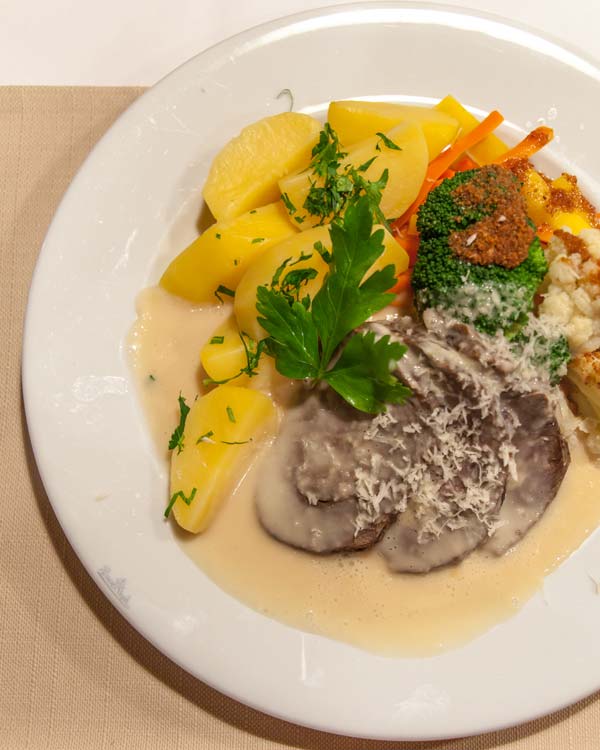
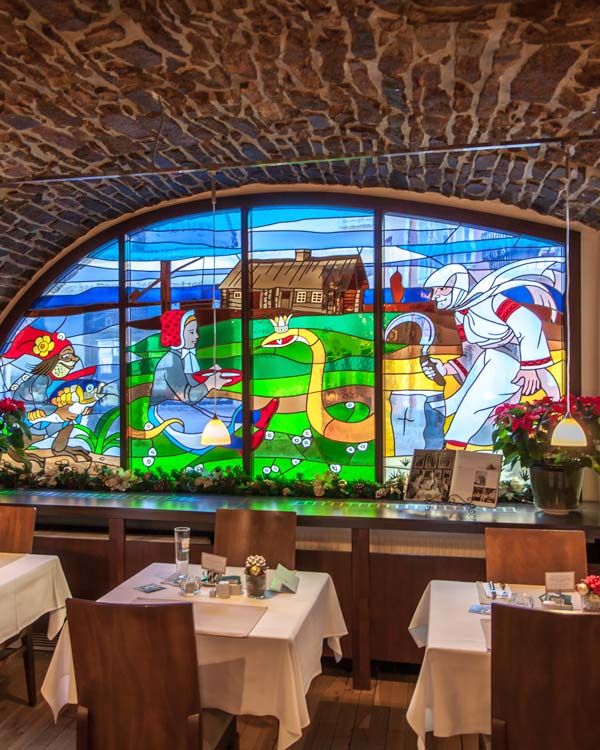
Here in Bautzen I really enjoyed the chance to visit a traditional restaurant and dine on the official wedding dinner of the Sorbs, with a focus on meat and potatoes, as well as learn a little more about their culture and history from the local museum. I especially enjoyed seeing the storytelling of local Sorbian legends played out across the coloured glass windows.
Admittedly, I had no idea about the Sorbs history and culture before arriving in Bautzen, but I highly recommend anyone who travels to Saxony to do so, and while German has become a lot more common, you will still find street signs and people talking in Sorbian around the region.
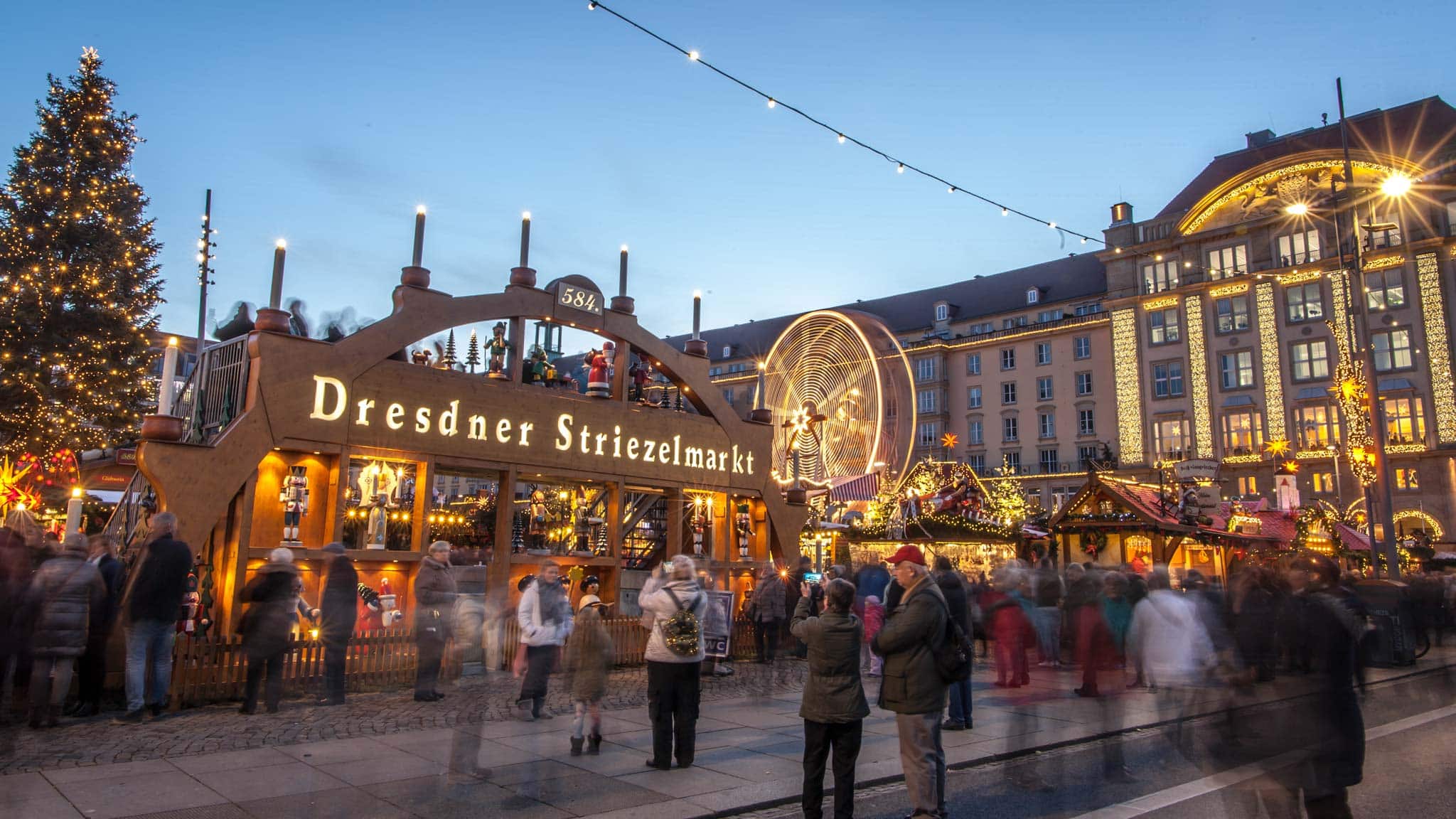
Ecumenical service in the Church of the Holy Cross marking the opening of the Striezelmarkt
If you are lucky enough to be in Dresden for the grand opening of the Stiezelmarkt, be sure to get yourself to the Church of the Holy Cross for a very special service.
The Dresden Kreuzchor is one of the most famous choirs in the world, and at this special event, the 130-strong choir performs the opening ceremony at the church alongside the market before a parade ensues with the miners’ orchestra, finishing at the centre of the market where the Mayor announces its grand opening.
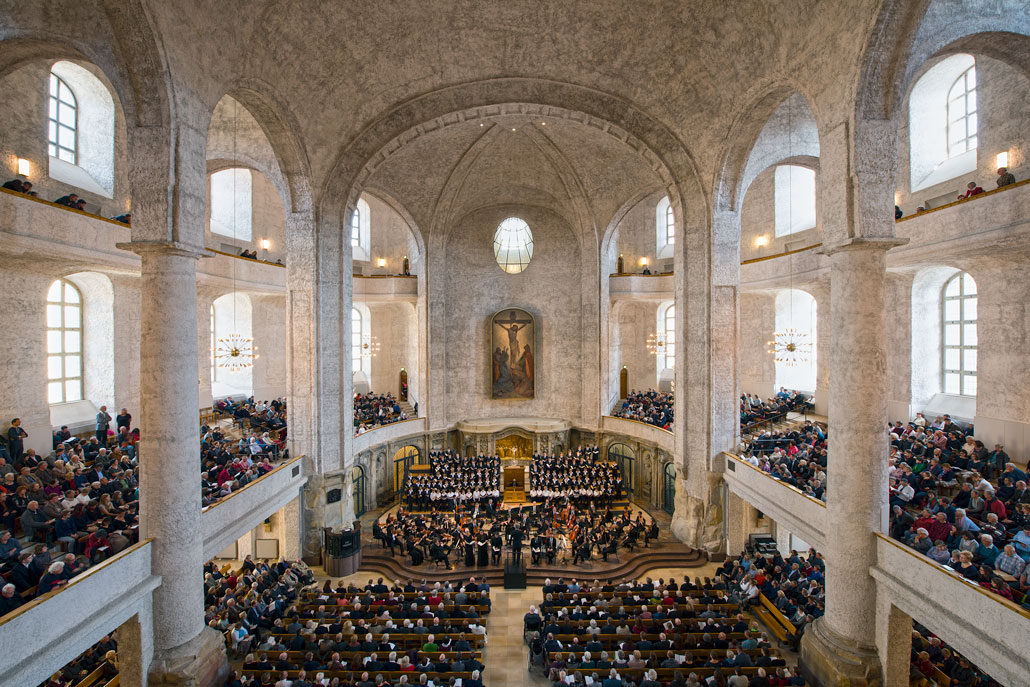
The Dresden Striezelmarkt
Nearly 600 years old, the Dresden Striezelmarkt is the oldest German Christmas market and is quite the spectacle.
With in-the-know crowds descending on this large square to indulge in the glowing lights, countless food and mulled wine stores and lining up to buy their Christmas gifts, you can’t get much more festive than this.
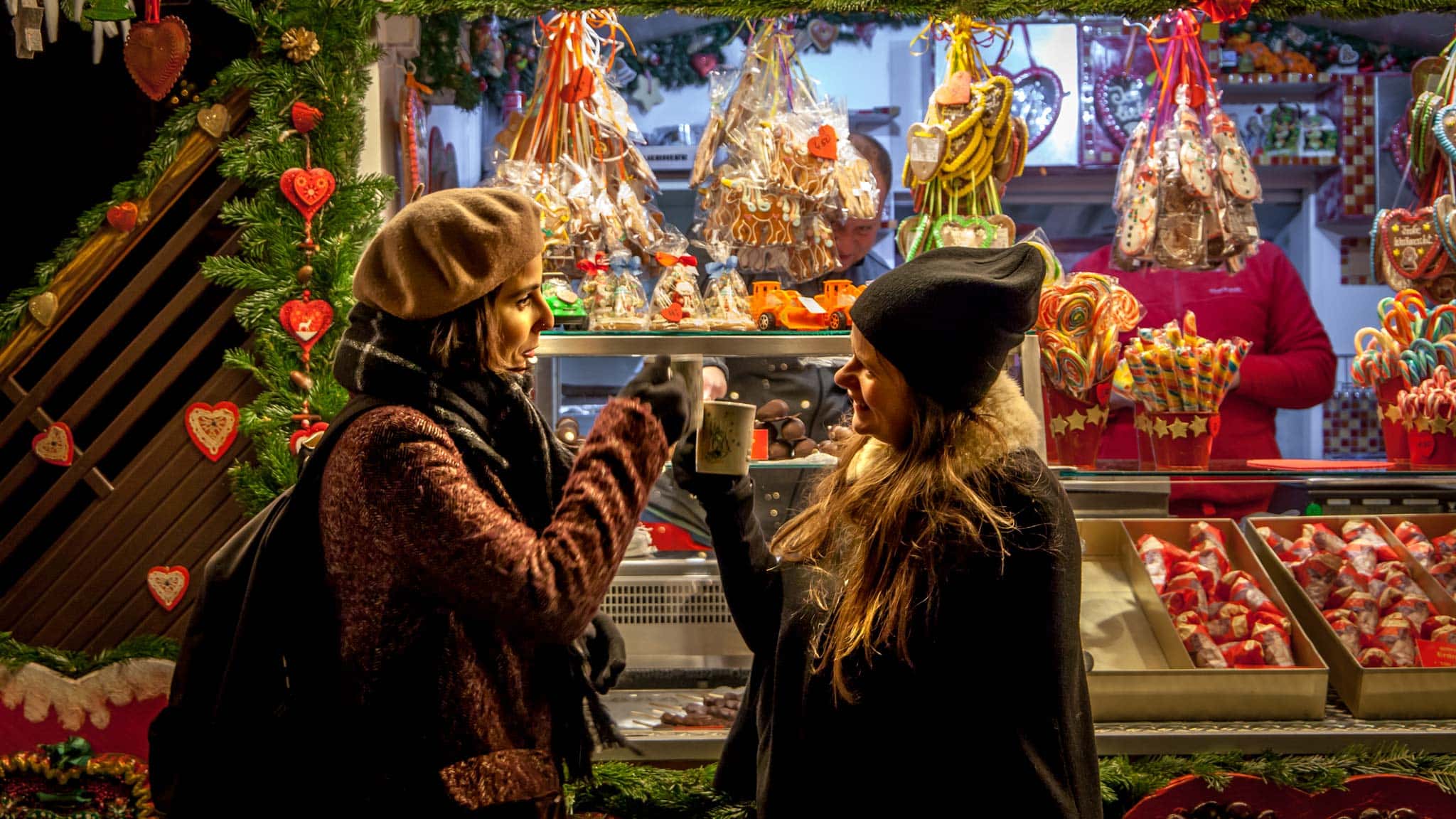
Here you’ll be able to find all of the regional products, from the famed Moravian stars right through to the traditional wooden toys and decorations from the Ore Mountains. This is by far one of the most magical Christmas markets I have ever been to, and it certainly makes a Christmas trip to Dresden complete!
.
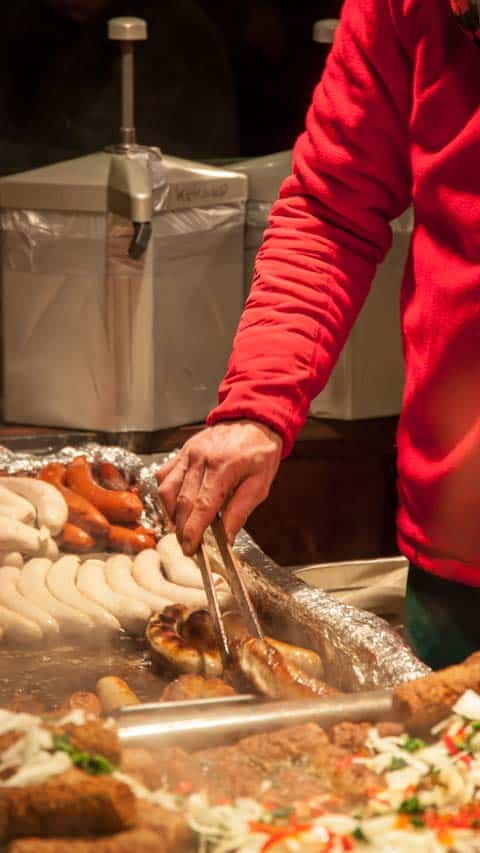
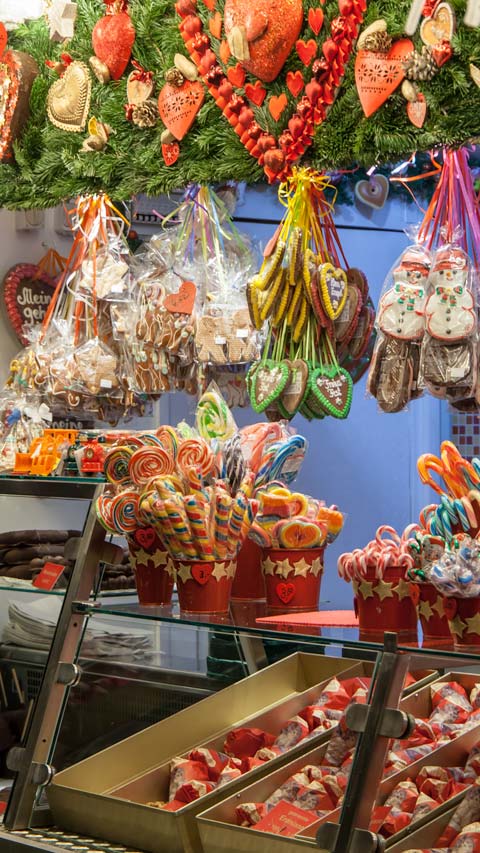
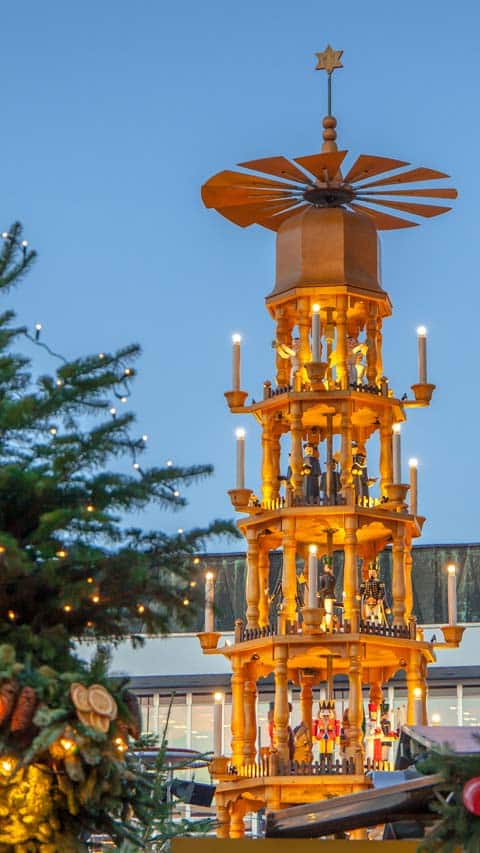
The other Christmas Markets of Dresden
If you love Christmas, and especially Christmas Markets, then Dresden is the city for you!
Nearly every street or square comes alive at some point during December, with eleven Christmas Markets throughout the city. Each one has a slightly different theme and focus, and given the relatively compact nature of Dresden, they are ideal for exploring by foot – just remember to wrap up warm!
One of the more unique markets is the Medieval Christmas Market, which sits in the courtyard of the impressive Dresden Royal Palace.
Here you’ll find a different array of foods, such as barbequed slow-cooked meats, while the handicrafts and goods for sale have a more ancient vibe. If you are feeling brave, you can even take part in the tradition of joining the winter hot-tub!
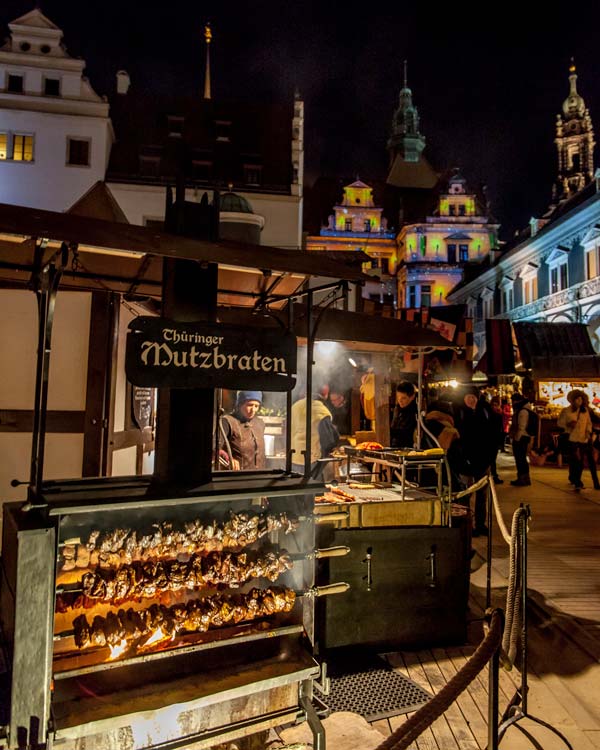
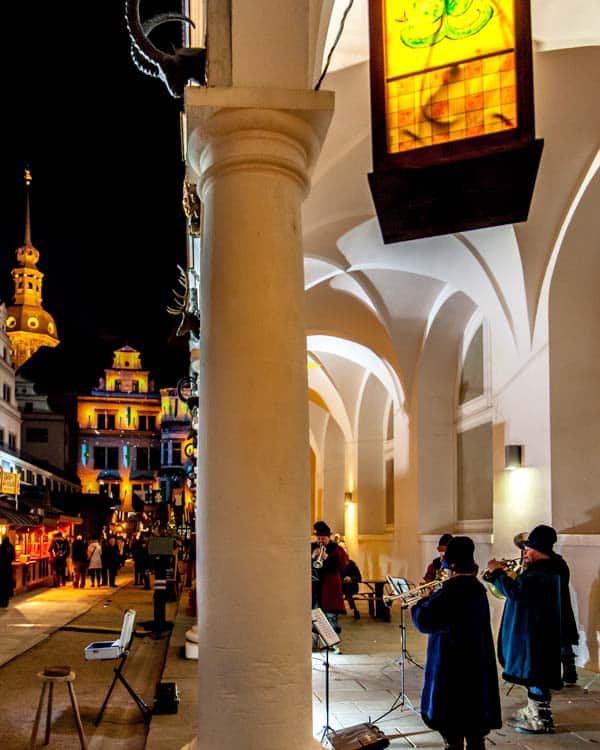
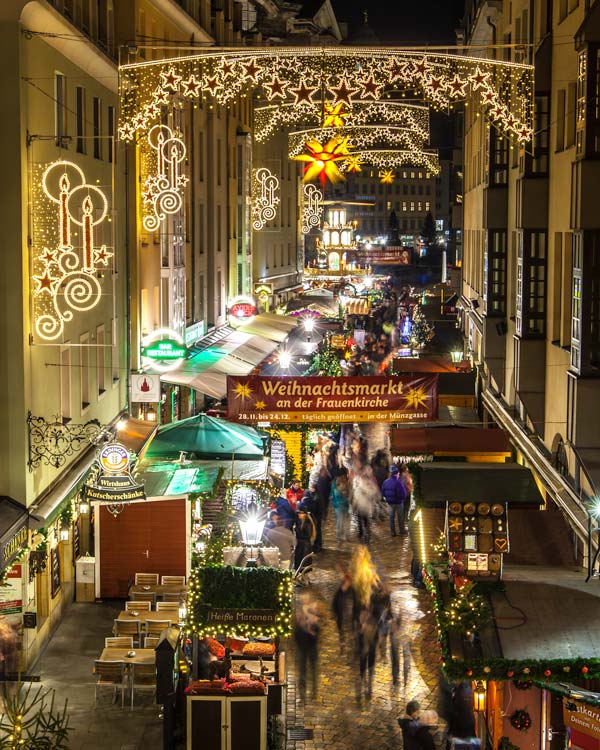

Christmas under the Frauenkirche
Perhaps Dresden’s most famous and imposing sight, the Frauenkirche (Church of our Lady) has two markets under its spire. In the large square adjacent, you’ll find a towering tree and smiling faces enjoying mulled wine under the magnificent architecture the glowing church provides.
One of my favourite markets in Saxony, though, is also one of the smallest. The Christmas market at the Frauenkirche, which links the Elbe River to Church Square, is dominated by the smells of roasted chestnuts and sweet cinnamon treats, and being a sucker for festive foods, this was where I spent a good chunk of time working on my winter body!
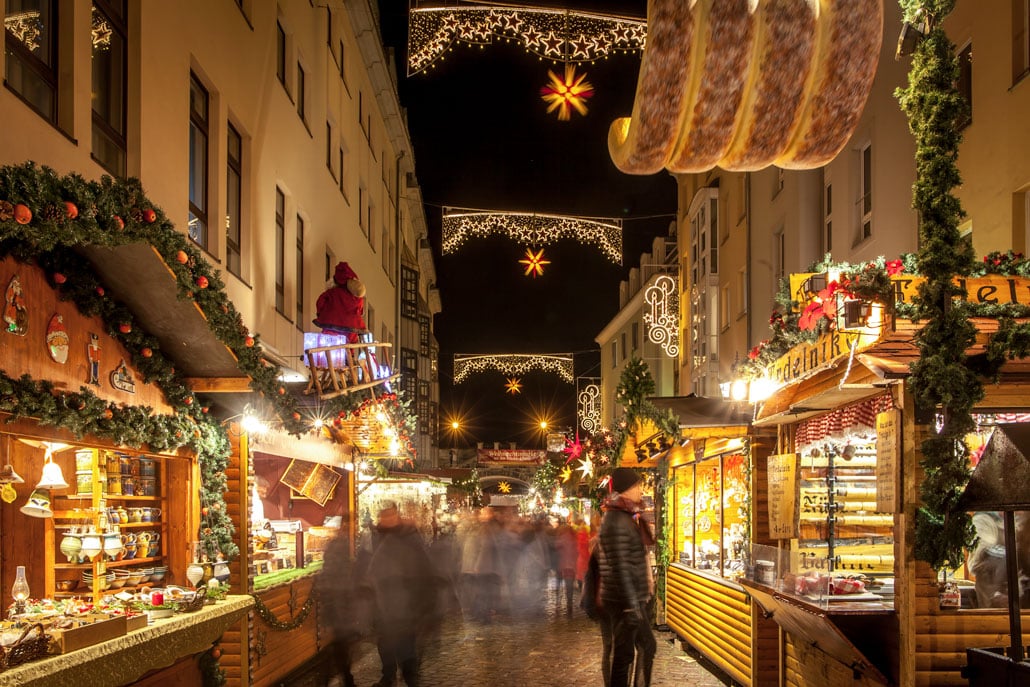
But Christmas doesn’t end in Dresden
After soaking up as much of the Dresden Christmas vibes as I could, it was time to leave the city and head to the Ore Mountains and other day trips from Dresden such as the uber-cool city of Leipzig.
In the Ore Mountains, especially the town of Seiffen, you’ll find one of the most Christmassy places on earth no matter what month of the year you visit. If you have longer than a weekend for your Dresden Christmas trip, I highly suggest you hire a car and head for the mountains, and in part two of my Saxony Christmas trip I’ll tell you all about it.

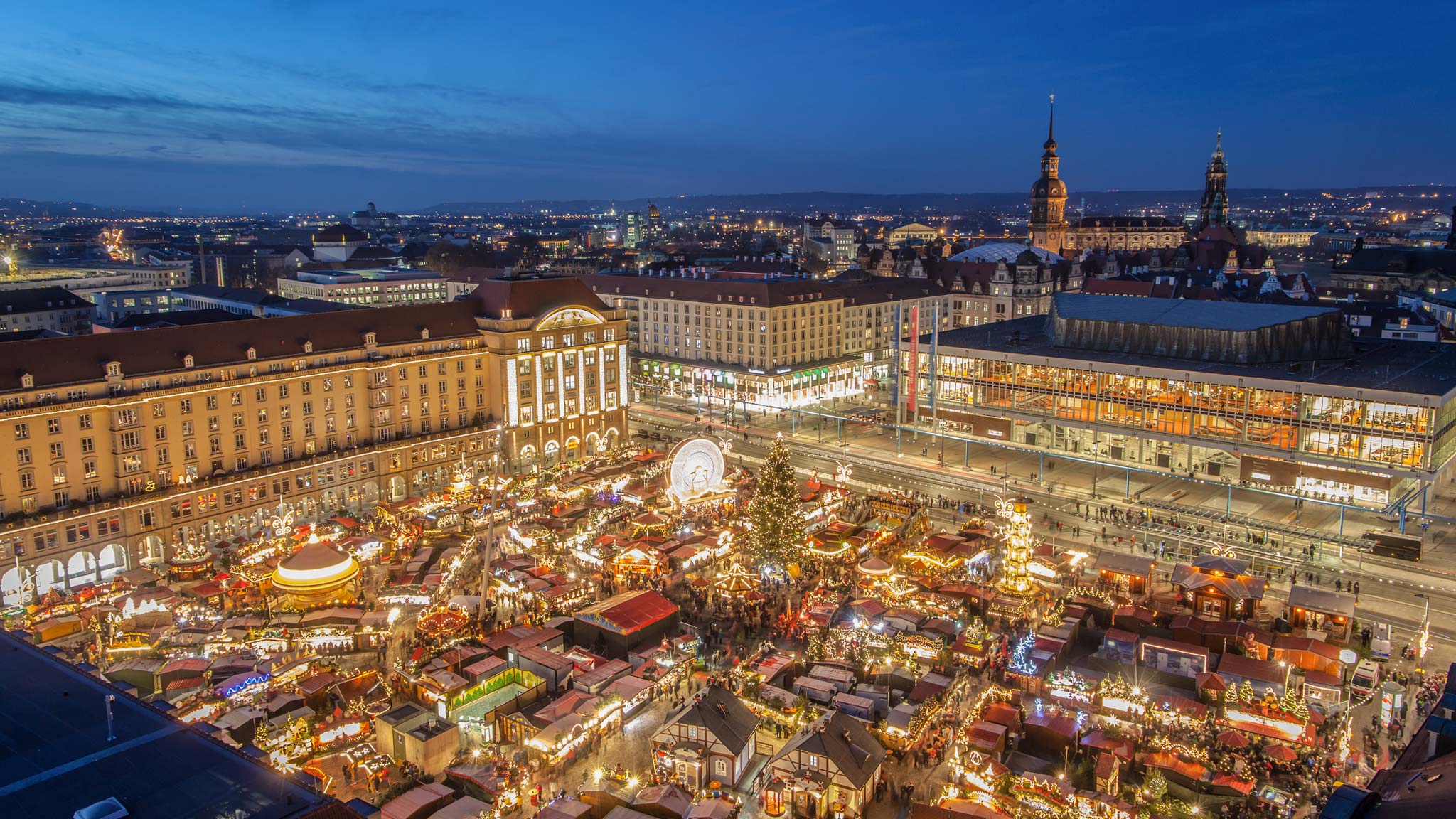
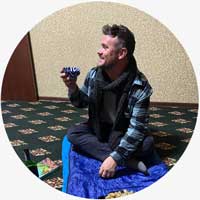


I would really love to visit a Christmas Market. My boyfriend is from Germany and told me how amazing the Christmas Market. Hoping the pandemic will be over soon so that we can visit Germany. Thanks for a wonderful blog.
Hope next year everything is open again for you :)
Great article!
Don’t forget the Glühwein at the German Christmas markets. We can’t wait for the markets to finally open up in the winter of 2021. So disappointing that COVID had to shut everything down in 2020.
-Black Forest Family
Here’s hoping we can enjoy them this year!
Hi Daniel,
I love your blog posts! The photos are magnificent as well!
I don’t see anywhere that you’ve travelled to Africa? It’s a beautiful continent to explore and make great memories. There is so much to explore! From wildlife to different cultures as well as awesome food!
I went on a safari trip through Africa three years ago and it is one of my most cherished memories. We went on a gorilla trek and also explored beautiful national parks full of other wildlife! I’m going again in December!
I don’t know if you’re one for safaris but if you’re interested and don’t mind other travellers, Africa Travel is a great company. I have used them for my safari tour and it was splendid! I highly recommend them!
Here’s the link to the tour I took, if you’re interested –> https://africatravelco.com/trip-and-safaris/gorillas-southern-discoverer/
Also, I wanted to subscribe to your newsletter but the form on your home page isn’t displaying correctly? It just says “[convertkit form=4928638]”.
Hey Celine,
Thank you. No, but’s my next big adventure, hopefully, 2020 I’ll make it happen. Thanks for the tips!
I’m having an issue with my email subscription, hope to get it working again soon :)
Dresden is a wonderful city, and it’s really amazing that the city has changed so much since 1990. I was on the border when it was finally available for people to cross over and visit. You could still see remnants of WWII then. Today it is a beautiful city again and you captured this very well in your photo’s show this well. Thank you for the great article and for making me want to return.
Thank you. I also really loved Dresden, and yes it’s incredible the difference and the restoration work that has gone on.
very well written article I enjoy reading this.
Thanks!